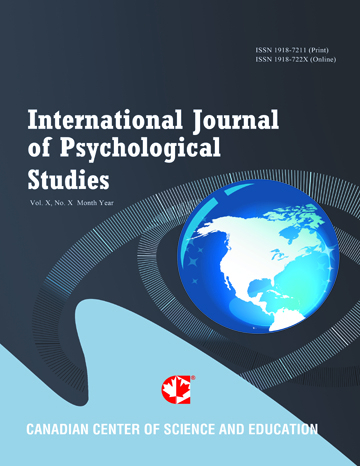Perioperative Anxiety, Pain, and Salivary Amylase in Patients Undergoing Pancreatic Surgery
- Nanae Ikeda
- Rie Tomizawa
- Rika Moriya
- Junko Yamanaka
- Hiroyoshi Suzuki
- Hidetoshi Eguchi
- Hiroaki Nagano
- Koji Umeshita
Abstract
Although many reports on perioperative anxiety and stress in patients have been published, very few have longitudinally focused on the acute phase immediately after surgery. We aimed to investigate the actual levels of perioperative stress experienced by patients undergoing pancreatic surgery in the acute phase. We conducted a survey of 29 patients undergoing pancreatic surgery. These patients were assessed five times: once preoperatively and on postoperative days 1, 3, 5, and 7. The measurement indices used were the State-Trait Anxiety Inventory (STAI), the Visual Analog Scale (VAS) for pain, and salivary amylase activity. No significant difference in the STAI scores was observed throughout the survey period. In other words, the patients did suffer persistent, moderate anxiety. The VAS scores clearly peaked on postoperative day 1 and dropped thereafter. Salivary amylase activity peaked on postoperative day 3 and then decreased. On postoperative day 7, the VAS scores of patients who underwent open surgery were significantly higher than those of patients who underwent laparoscopic surgery; the patients undergoing open surgery also complained of prolonged pain. Significantly higher salivary amylase activity on postoperative day 3 indicated that the open surgery patients experienced greater stress levels. The laparoscopic group experienced less stress than the open group. The results of the present evaluation of anxiety, pain, and stress experienced by patients may provide a very good reference for perioperative care in pancreatic surgery.
- Full Text:
 PDF
PDF
- DOI:10.5539/ijps.v7n2p206
Journal Metrics
1. Citations (March 2025): 10975
3. i10-index (March 2025): 233
For details about the Journal Metrics, please visit the Google Scholar website.
Index
- AcademicKeys
- CNKI Scholar
- Elektronische Zeitschriftenbibliothek (EZB)
- Excellence in Research for Australia (ERA)
- GETIT@YALE (Yale University Library)
- Harvard Library E-Journals
- JournalSeek
- JournalTOCs
- LOCKSS
- MIAR
- Open Access Journals Search Engine(OAJSE)
- Open J-Gate
- PKP Open Archives Harvester
- SHERPA/RoMEO
- Standard Periodical Directory
- The Keepers Registry
- UCR Library
- Ulrich's
- Universe Digital Library
- WorldCat
Contact
- Barbara SunEditorial Assistant
- ijps@ccsenet.org
